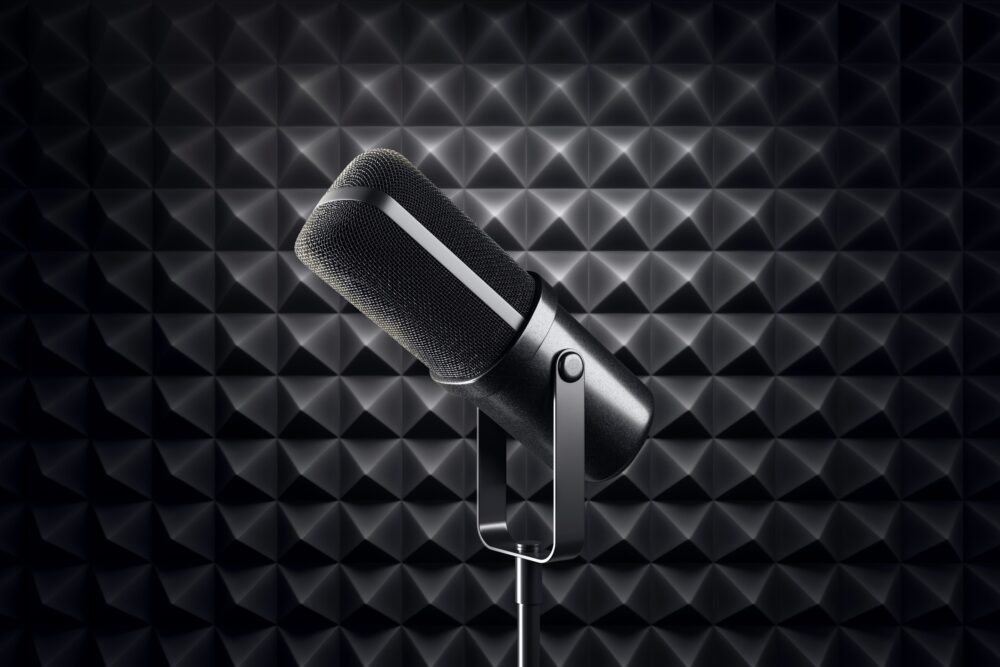Overview
NISSAN has taken a different path when it comes to electrification of its powertrains, with the e-Power model line-up now expanding to include the Qashqai compact SUV. And in some ways it might leave you scratching your head.
The new petrol-electric version of the Qashqai is solely available in Ti spec’ at launch, with a list price of $51,590 +ORCs. That means it adds $4200 to the asking price over the turbo-petrol Ti which, in its own right, is at the ambitious end of the pricing spectrum for a small front-wheel drive SUV from a mainstream brand.
What makes it worth almost 10 per cent more, according to Nissan, is the smoothness of the drive experience, lower fuel consumption, more power and torque, and no compromises. Apparently….
However, to dive a little deeper, the official combined cycle fuel use only drops by 0.9L compared with the ICE models, to 5.2 litres per 100km, which isn’t as wow-inducing as a hybrid Corolla Cross (as low as 4.3L/100km) or the Hyundai Kona hybrid (3.9 litres per 100km). And while the outputs are higher at 140kW/330Nm compared with 110kW/250Nm, this spec is 205kg heavier, so it’s not like stepping from an S to an SS in Commodore speak.
Likewise, there are minimal compromises, but not zero. The regular versions of the Qashqai come with a space-saver spare, while this car has a tyre repair kit. At least, though, there’s the same 55-litre fuel tank capacity (allowing up to almost 1000km of range based on the official numbers), and the boot space is actually larger than any other Qashqai at 452 litres.
Now, while you could call it a hybrid of sorts, the Qashqai e-Power model (similar to its bigger brother, the X-Trail e-Power), only uses its petrol engine to work as a generator to help power an electric motor.
It’s a bit complex. The 1.5 litre turbocharged three-cylinder engine has a Variable Compression Ratio which is designed to make the engine more responsive in light- or hard-throttle scenarios. It works with a reduction gear transmission and inverter to send power to an electric motor at the front axle, with maximum outputs of 140kW and 330Nm. And beyond that, there’s a 2.1kWh lithium-ion battery under the front seats that can help the car run in EV mode for up to about 3 kilometres, depending on the scenario.
There are three drive modes – Normal, Sport and Eco – and Nissan’s “e Pedal Step”, which acts as a single-pedal driving mode using the regenerative braking system, but won’t bring the car to a complete stop.
More on the driving stuff soon, but the fact this is based on the Ti grade means you’re getting a lengthy list of standard specs, such as 19-inch alloy wheels, LED exterior lighting, keyless entry and push-button start, electric tailgate, quilted leather trim inside the cabin, a pair of 12.3-inch screens (with infotainment incorporating wired/wireless Apple CarPlay, wired Android Auto), sat nav, a 10.8-inch head-up display, a heated steering wheel, heated front seats, electric seat adjust and a panoramic sunroof.
There’s also all the safety spec’ you can get in a Qashqai, including autonomous emergency braking (AEB) with pedestrian, cyclist and junction detection, lane-keeping assistance, adaptive cruise control with steering assistance, blind-spot monitoring, rear cross-traffic alert, rear AEB, and a surround view camera that is supplemented by front, side and rear parking sensors and a semi-autonomous parking system.
The Ti e-Power model also adds Active Noise Cancellation to help negate the noise from the petrol engine, an exterior alert sound for pedestrians at low speeds, and a very slightly different “Premium” grille. This version also sees a significant rework of the suspension to cope with the extra weight, and that’s not necessarily to the e-Power’s advantage…
As for ownership, the e-Power still has the same five-year/unlimited kilometre warranty for the vehicle, and an eight-year battery warranty guaranteeing 70 per cent state of charge. There’s capped-price servicing but maintenance is due every 12 months/10,000km (5000km shorter than the petrol model’s intervals), and the cost depends on if you pay as you go (average $446 over five years) or prepay ($401 avg). You get five years’ roadside assistance, too.
Driving impressions
Nissan’s claims that this is a smoother drive experience are grounded in reality: it simply is more seamless than the 1.3-turbo-and-CVT auto, which in its own right is a pretty decent powertrain.
There’s no transmission interruption to your progress here, with propulsion dealt with solely by the electric motor. That means the response is linear and torque is evident from a standstill, and while it’s not fast, it’s not trying to be. It does feel more sprightly and silky than the other Qashqais.
What isn’t as smooth is the ride, with “every tuneable part” having been modified, including dampers, springs, anti-roll bars and bushes, to cope with the extra weight. And while it’s been a while since I last tested a Qashqai, the abruptness of the suspension and its overly eager rebounding after bumps isn’t something I’ve witnessed in the petrol models.
It feels a bit more roly-poly in corners too. And while I wouldn’t label it ‘uncomfortable’, the overall chassis feel isn’t as good as the non-e-Power models. At least it steers well, and there’s decent on-road noise refinement.
Further to that, if you’re after an EV-like drive, it does tick the box, especially if you use the e-Pedal Step system – I did, and found that while it can be quite assertive in its deceleration, it does add that “I’m helping my battery!” factor.
Of course, the biggest consideration for buyers may actually be whether it’s fuel efficient enough, given the extra asking price.
Over more than 300km of driving, I saw a displayed average consumption of 5.5 litres per 100km, which while undoubtedly more impressive than what a turbo-CVT Qashqai would return in similar situations, still leaves me scratching my head about whether this is actually worth it from an efficiency and emissions perspective.




